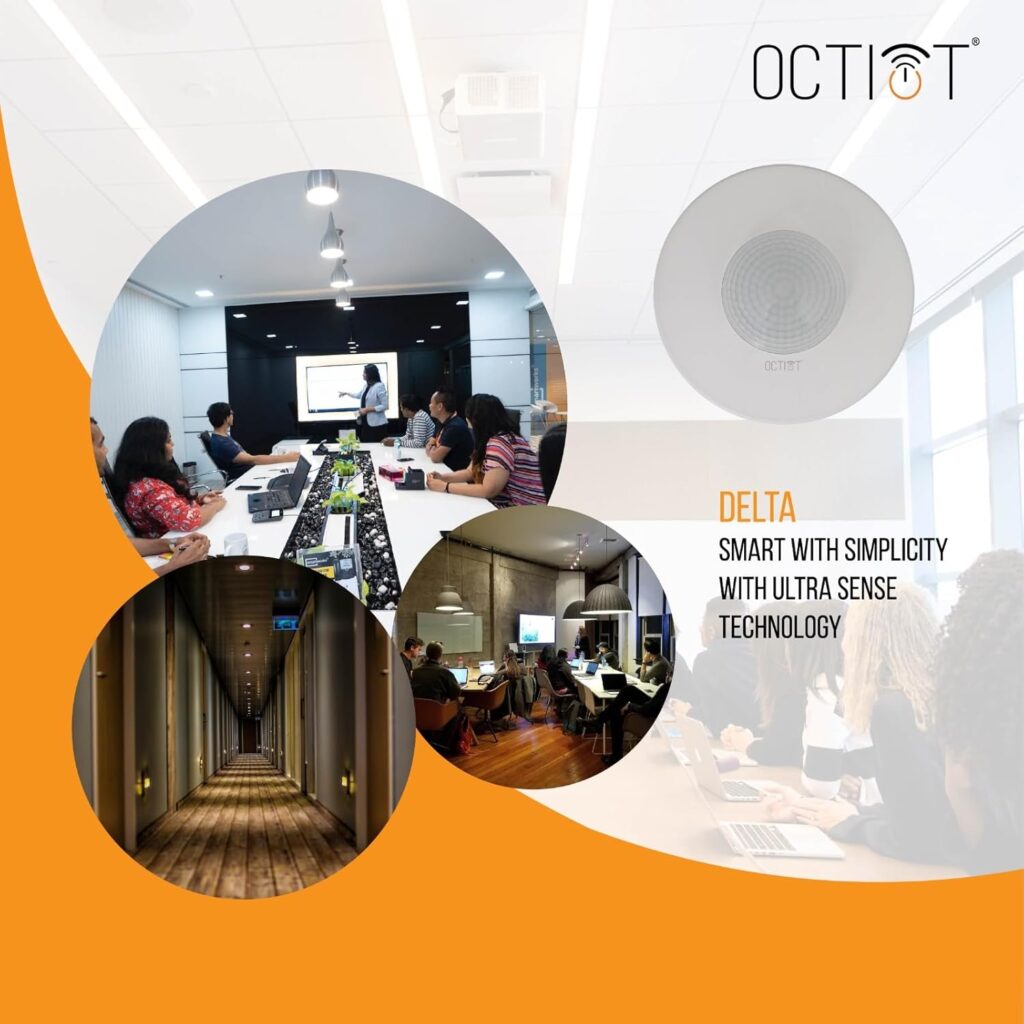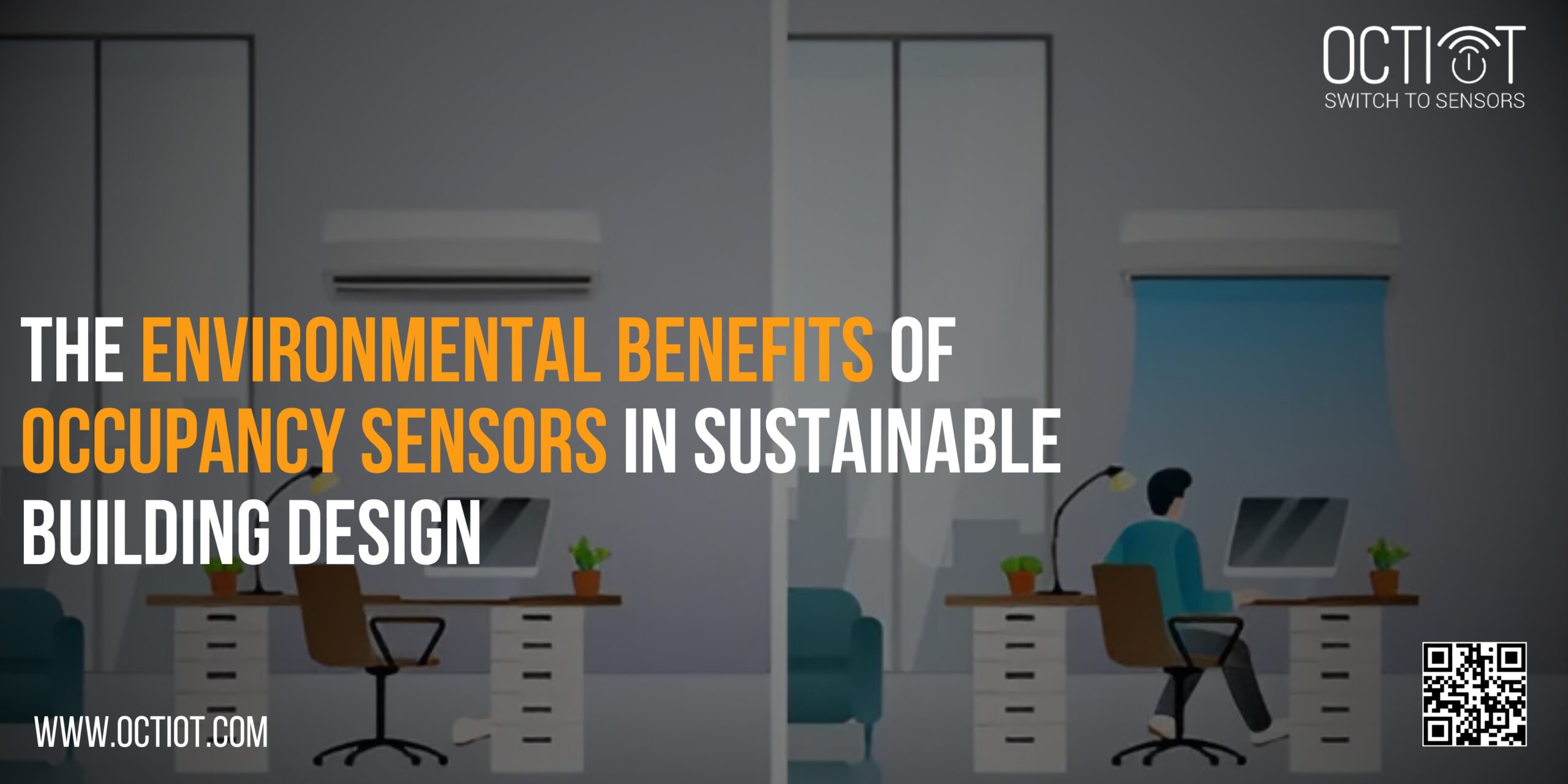Sustainable building design is no longer just a trend; it’s a necessity. As the world grapples with the impact of climate change, architects, engineers, and developers are increasingly turning to innovative solutions that reduce energy consumption and minimize environmental footprints. One of the most effective tools in this quest for sustainability is the integration of occupancy sensors and motion sensor lights into building design. These sensor solutions contribute to energy efficiency and play a crucial role in promoting environmental conservation.
Understanding Occupancy Sensors and Motion Sensor Lights
Occupancy sensors are devices that detect the presence of people in a given space and automatically control the air conditioning (AC) systems. These sensors can be passive infrared (PIR), ultrasonic, or dual-technology, each with unique capabilities to sense motion or body heat. Motion sensor lights are a common application of occupancy sensors, automatically turning lights on or off based on whether someone is in the room. These sensor solutions optimize energy usage, reducing waste and lowering utility bills.

How Occupancy Sensors Contribute to Sustainability
Energy Efficiency and Conservation
The primary environmental benefit of occupancy sensors is their ability to conserve energy. Traditional lighting and AC systems often run continuously, even when spaces are unoccupied. This leads to significant energy waste. Occupancy sensors mitigate this issue by ensuring that lights and systems operate only when needed. For example, in an office building, lights in conference rooms, restrooms, and corridors can automatically turn off when no one is present, drastically reducing energy consumption.
Automated Energy Control:
- Occupancy sensors automatically manage lighting and AC systems, turning them off in unoccupied spaces to prevent energy waste.
Significant Energy Savings:
- Buildings equipped with motion sensor lights and occupancy sensors can reduce energy consumption by up to 30%, leading to substantial cost savings.
Targeted Lighting and AC Usage:
- Sensors ensure that energy is only used where and when needed, optimizing building operations’ efficiency.
Adaptive Systems:
Sensors can adapt to changing daily occupancy patterns, ensuring continuous energy conservation.
Reducing Carbon Footprint
By minimizing energy use, occupancy sensors help reduce the carbon footprint of buildings. The less energy consumed, the lower the demand for electricity generated from fossil fuels, a major source of greenhouse gas emissions. Over time, the integration of motion sensor lights and other sensor-based systems can substantially decrease a building’s overall carbon emissions, contributing to global efforts to combat climate change.
Lower Energy Demand:
- By reducing unnecessary energy use, occupancy sensors decrease the demand on power grids, which often rely on fossil fuels.
Direct Emission Reduction:
- Less energy consumption directly translates to fewer carbon emissions from power plants, helping mitigate climate change.
Sustainable Practices:
- Buildings that use sensor solutions contribute to a reduction in overall greenhouse gas emissions, aligning with global sustainability goals.
Carbon Neutrality Goals:
- Occupancy sensors help buildings move closer to achieving carbon neutrality by minimizing their operational carbon footprint.
Optimizing Resource Use
Occupancy sensors also contribute to the efficient use of resources. By automatically adjusting lighting and AC systems based on occupancy, these sensors ensure that resources are used only when necessary. This conserves energy and extends the lifespan of lighting fixtures and AC equipment, reducing the need for frequent replacements and the associated environmental impact of manufacturing, transporting, and disposing of these items.
Resource Efficiency:
- Sensors ensure that lighting and AC resources are used efficiently, reducing the overall environmental impact of the building.
Extended Equipment Lifespan:
- By limiting the use of systems to when they’re needed, occupancy sensors reduce wear and tear, extending the lifespan of equipment.
Minimized Waste:
- Automatic control of systems minimizes energy waste, which is a crucial step in optimizing the use of natural resources.
Balanced Resource Distribution:
- Sensors help distribute energy usage more effectively across the building, ensuring every area is well-utilized.
Enhancing Building Sustainability Ratings
Many building certification programs, such as LEED (Leadership in Energy and Environmental Design), reward projects that incorporate energy-saving technologies like occupancy sensors. Buildings that achieve higher sustainability ratings are often more attractive to tenants and investors, as they are considered environmentally responsible and cost-effective. Integrating sensor solutions into building design enhances a property’s market value while contributing to environmental stewardship.
Compliance with Standards:
- Sensor solutions help buildings comply with evolving energy efficiency standards, improving their sustainability ratings.
Boosting Property Value:
- Higher sustainability ratings often lead to increased property value and reduced operating costs, making the building more attractive.
Conclusion
Integrating occupancy sensors and motion sensor lights in sustainable building design offers a powerful approach to reducing energy consumption and minimizing environmental impact. These sensor solutions are not just about cutting costs; they represent a commitment to responsible resource use and environmental preservation. As the demand for sustainable buildings continues to grow, the role of occupancy sensors will become increasingly critical in shaping a greener, more energy-efficient future.
Incorporating these technologies into your building projects makes environmental sense and delivers long-term economic benefits. By embracing occupancy sensors, you’re not just lighting up your spaces—you’re lighting the way to a sustainable future.
Contact us: 088600 12342
For more information: sales@octiot.com




